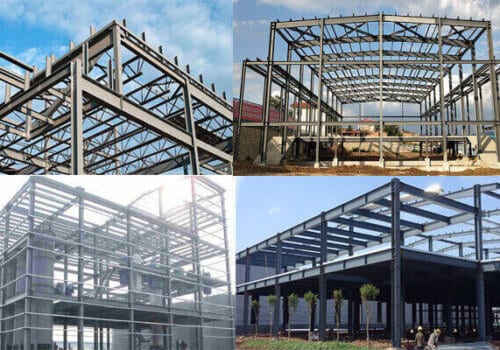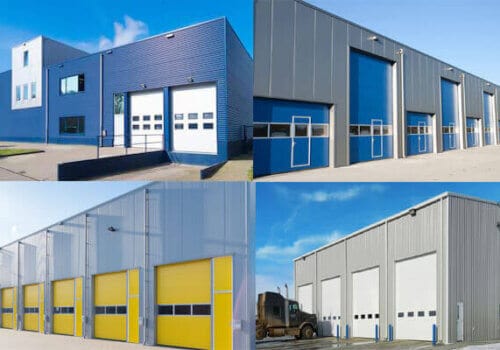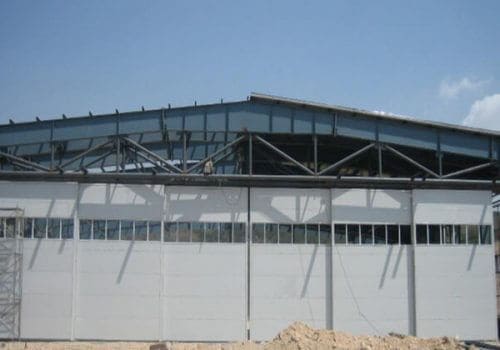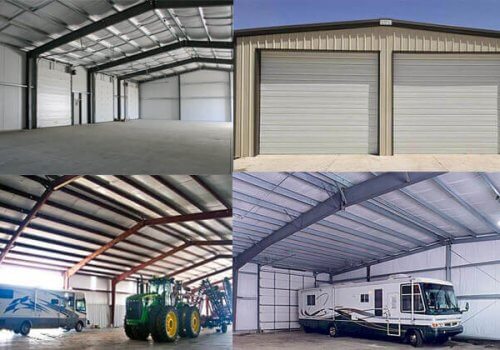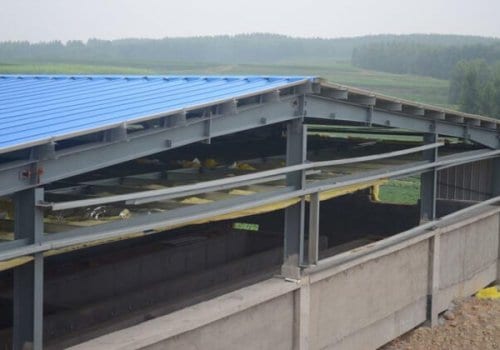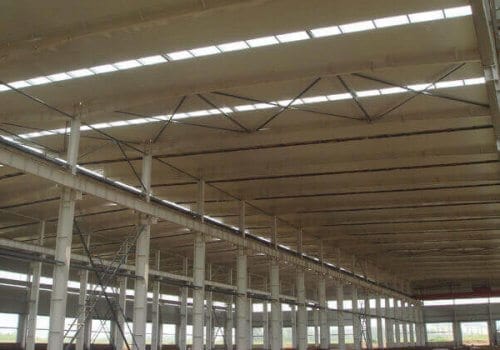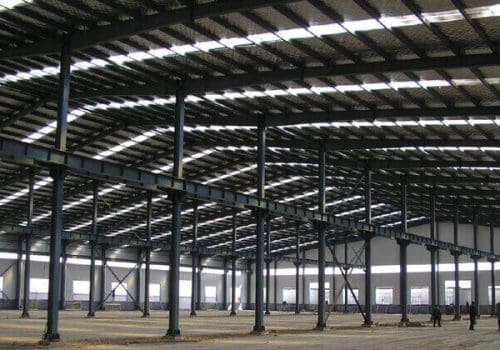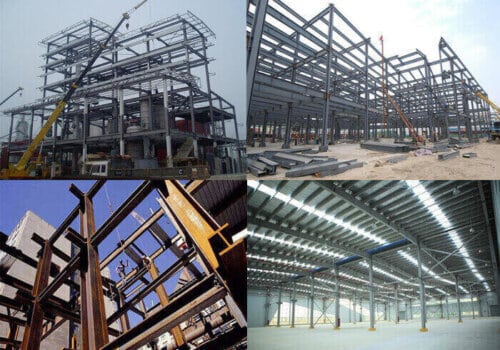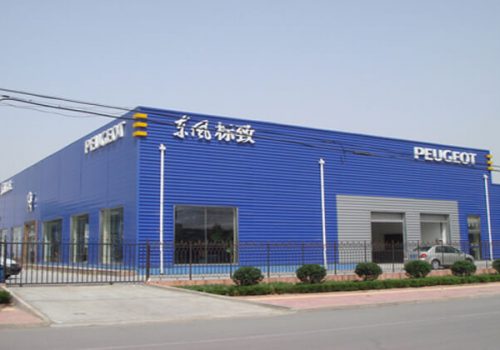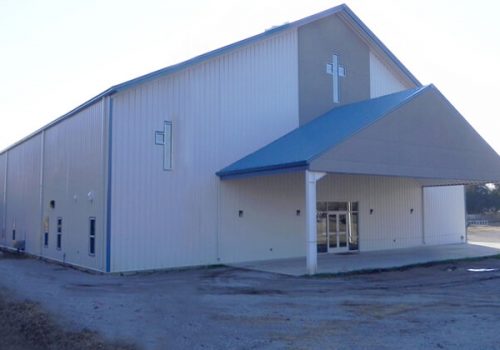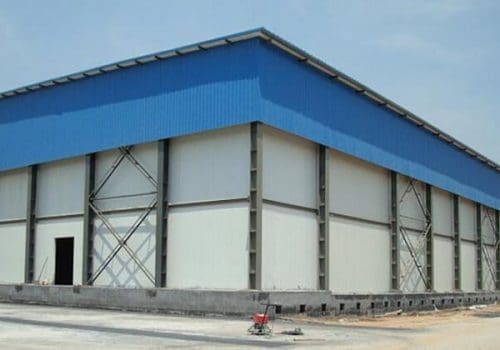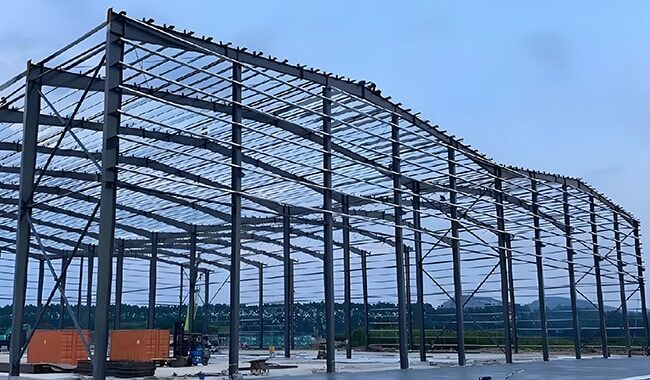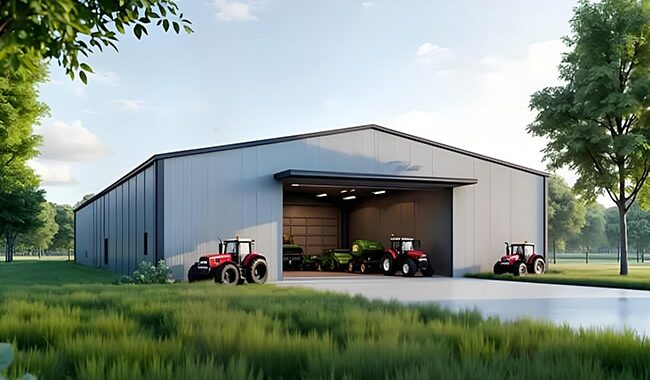Face à la nécessité croissante d’infrastructures industrielles durables et modulables en Afrique de l’Ouest, Havit Steel Structure a conçu et…
Introduction: The Insulation for Metal Structure Building
Metal buildings, praised for their structural strength and speed of construction, are now prevalent across sectors—from warehousing and manufacturing to agriculture and modular residential units. However, what many overlook is that steel, while structurally robust, is also a highly conductive material. Without proper insulation, these buildings are vulnerable to extreme temperature fluctuations, condensation, and acoustic inefficiencies. In essence, insulation for metal structure buildings is not merely an optional feature but a foundational element that determines the performance, energy use, and comfort.
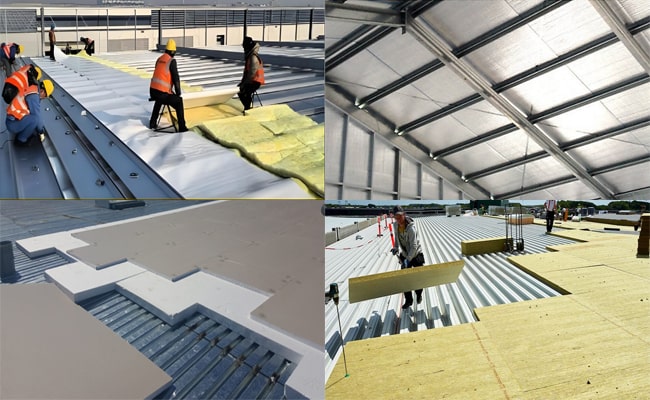
The Role of Insulation for Metal Buildings
Insulation for metal buildings serves multiple, intersecting functions. Primarily, it acts as a thermal barrier, mitigating heat flow between the building interior and the surrounding environment. But its utility extends beyond thermal regulation:
- Temperature Stability: Ensures internal environments remain habitable regardless of external conditions.
- Energy Conservation: Reduces heating and cooling demands, contributing to lower operational costs.
- Moisture Management: Helps prevent internal condensation, which can cause corrosion or mold growth.
- Acoustic Performance: Minimizes external noise transmission and internal reverberation.
- Long-Term Durability: Protects the structural steel from temperature-induced stress and deterioration.
In well-designed steel structures, insulation is not merely a passive component—it actively contributes to sustainability, usability, and the building’s lifecycle value.
Types of Insulation for Metal Buildings
Choosing insulation is not a one-size-fits-all decision. Factors such as climate, building function, and budget influence the most suitable insulation system. Below are the most common options:
1. Fiberglass Blanket Insulation
This remains the most widely used insulation for metal buildings, particularly for industrial applications.
- Material: Composed of fine glass fibers, often faced with a vapor-retardant backing.
- Application: Typically laid between purlins and sheeting or over the framing.
- Strengths: Cost-effective, easy to install, and offers consistent thermal resistance (R-value).
- Limitations: Sensitive to moisture and prone to performance degradation if compressed or poorly installed.
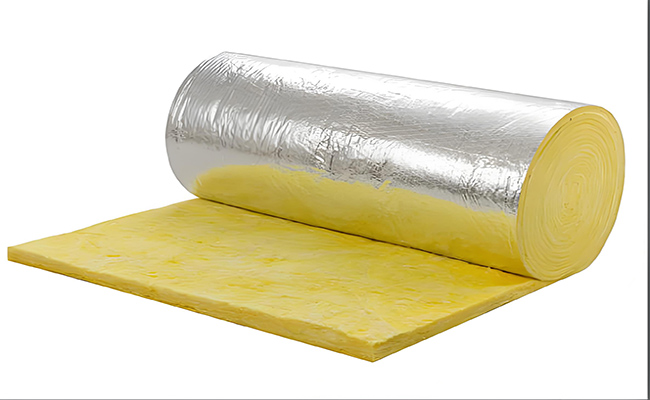
2. Rigid Foam Board Insulation
Ideal for achieving higher R-values with minimal thickness, rigid foam boards offer both thermal resistance and moisture control.
- Composition: Made from expanded or extruded polystyrene (EPS, XPS) or polyisocyanurate (PIR).
- Installation: Mounted directly onto walls or roofs before exterior cladding is applied.
- Benefits: Excellent thermal efficiency, dimensional stability, and moisture resistance.
- Considerations: Higher initial cost and the need for precise installation to avoid thermal bridging.
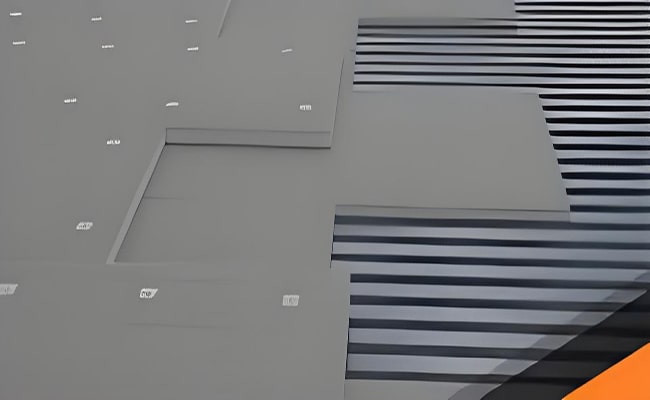
3. Spray Foam Insulation
Spray polyurethane foam (SPF) is a premium choice when superior air sealing and insulation performance are priorities.
- Delivery: Applied as a liquid that expands into a rigid, continuous layer.
- Performance: Outstanding R-value per inch and excellent air/vapor sealing properties.
- Drawbacks: High cost, professional application required, and potential need for additional fire-resistant coatings.
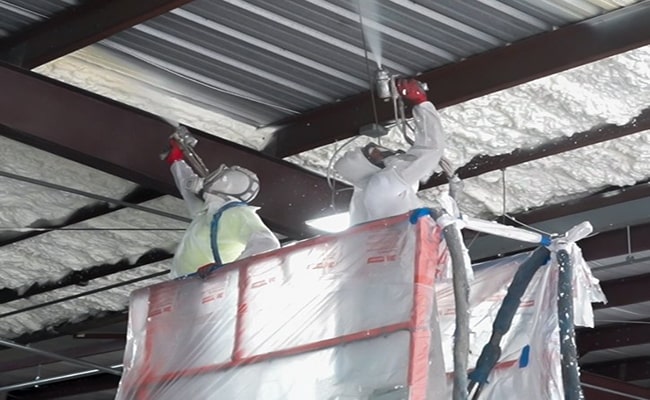
4. Reflective Foil Insulation (Radiant Barriers)
This insulation strategy is particularly effective in hot climates, where it reflects radiant heat rather than absorbing it.
- Design: Foil surfaces bonded to substrates like bubble wrap or foam.
- Use Case: Often installed under roofing or in attic-like cavities where radiant heat is a concern.
- Advantages: Lightweight, easy to install, and excellent for reducing summer heat gain.
- Limitations: Limited thermal value in cold climates where conductive and convective heat loss dominates.
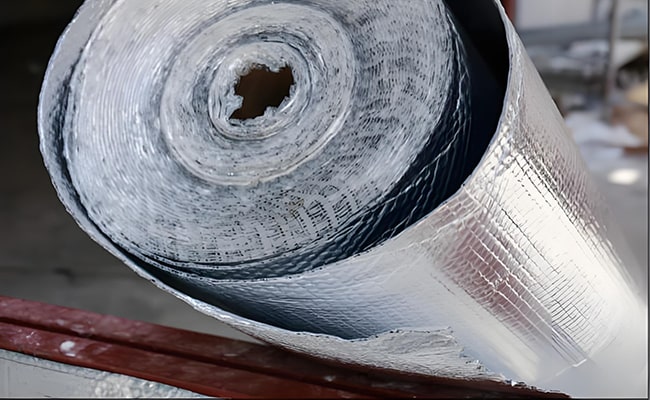
5. Mineral Wool (Rock Wool)
Known for its fire resistance and acoustic properties, mineral wool is a dense insulation option well-suited for sound-sensitive or fire-prone environments.
- Material: Produced from volcanic rock or industrial slag spun into fibers.
- Application: Used similarly to fiberglass, either in batts or semi-rigid boards.
- Pros: Non-combustible, moisture-repellent, and effective at noise reduction.
- Cons: More expensive and heavier, requiring robust support during installation.
Il doit empêcher la condensation de la vapeur d’eau dans la couche inférieure du toit métallique et à l’intérieur de la couche du toit métallique, et éliminer la vapeur d’eau dans la couche du toit métallique. La solution consiste à remplir le toit métallique de coton d’isolation thermique, à poser une membrane étanche sur la plaque inférieure du toit métallique et à disposer des nœuds de ventilation sur le toit métallique.
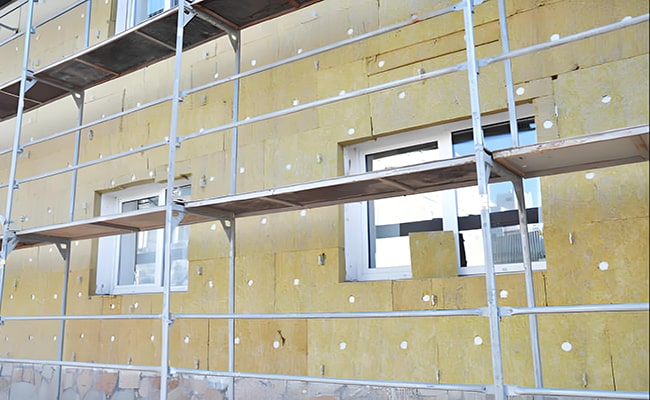
Key Considerations When Selecting Steel Building Insulation
Insulation for metal buildings must be tailored to the unique conditions and operational demands of each project. Important selection criteria include:
1. Climate Zone
In colder regions, metal building insulation must prioritize heat retention with high R-values. In contrast, warmer climates benefit from radiant barriers and materials that resist thermal gain and humidity.
2. Building Purpose
An insulated office area within a steel warehouse will demand greater thermal and acoustic control than an unoccupied storage space. Occupancy patterns, machinery use, and zoning also play a role.
3. Moisture Risk
Metal buildings are prone to condensation due to rapid temperature changes. Insulation systems must integrate vapor barriers and moisture-resistant layers to prevent structural degradation.
4. Compliance with Codes
Adhering to local energy codes and fire safety regulations is essential. Many jurisdictions specify minimum R-values and materials with appropriate fire resistance ratings.
5. Budget and Lifecycle Costs
While fiberglass is economical up front, spray foam or rigid boards may offer better performance over time. A life-cycle cost analysis often reveals the true economic value of high-performance systems.
Installation Practices That Make a Difference
The effectiveness of any insulation system is closely linked to how well it’s installed. Poor workmanship can lead to thermal bridging, air leaks, or moisture entrapment.
- New Constructions: Insulation is typically placed before sheeting is applied, allowing for continuous layers with minimal disruption.
- Retrofits: Existing buildings can benefit from added insulation via interior lining systems or sprayed applications.
- Air & Vapor Sealing: Seams, penetrations, and joints should be sealed with compatible tapes or sealants.
- Attention to Detail: Overlaps, corners, and mechanical penetrations must be treated with care to ensure continuity of the insulation envelope.
Benefits Beyond Energy Savings
Effective insulation offers tangible and intangible returns:
- Reduced Operational Costs: Lower energy bills and peak load demand.
- Increased Building Longevity: Protection from condensation and thermal stress.
- Higher Asset Value: Energy-efficient buildings command greater market value and tenant appeal.
- Enhanced Work Environment: Thermal and acoustic comfort translates into higher productivity and occupant satisfaction.
Conclusion: Building Performance Begins with Insulation
Metal building insulation is not a finishing touch—it is fundamental. When selected and installed correctly, it transforms a basic steel envelope into a high-performance environment tailored to comfort, cost efficiency, and durability. Whether for new builds or retrofits, understanding and applying proper insulation practices is crucial for any owner or builder committed to long-term performance.
Frequently Asked Questions About Insulation for Metal Buildings
What is the best insulation for metal buildings in hot climates?
Radiant barriers and reflective foil insulation are most effective in reducing heat gain in hot environments.
Is it possible to insulate an existing metal building?
Yes, retrofitting insulation is a common practice. Materials like spray foam or foam boards are often used in these cases.
How do I prevent condensation inside a metal building?
Use insulation with integrated vapor barriers and ensure proper ventilation. Moisture control is essential to avoid mold and rust.
What R-value should I aim for?
This depends on your location. Cold climates may require R-30 or higher, while milder areas may suffice with R-13 to R-19.
Does better insulation reduce noise inside the building?
Absolutely. Mineral wool and fiberglass are especially effective for sound absorption, making them ideal for noisy environments.
